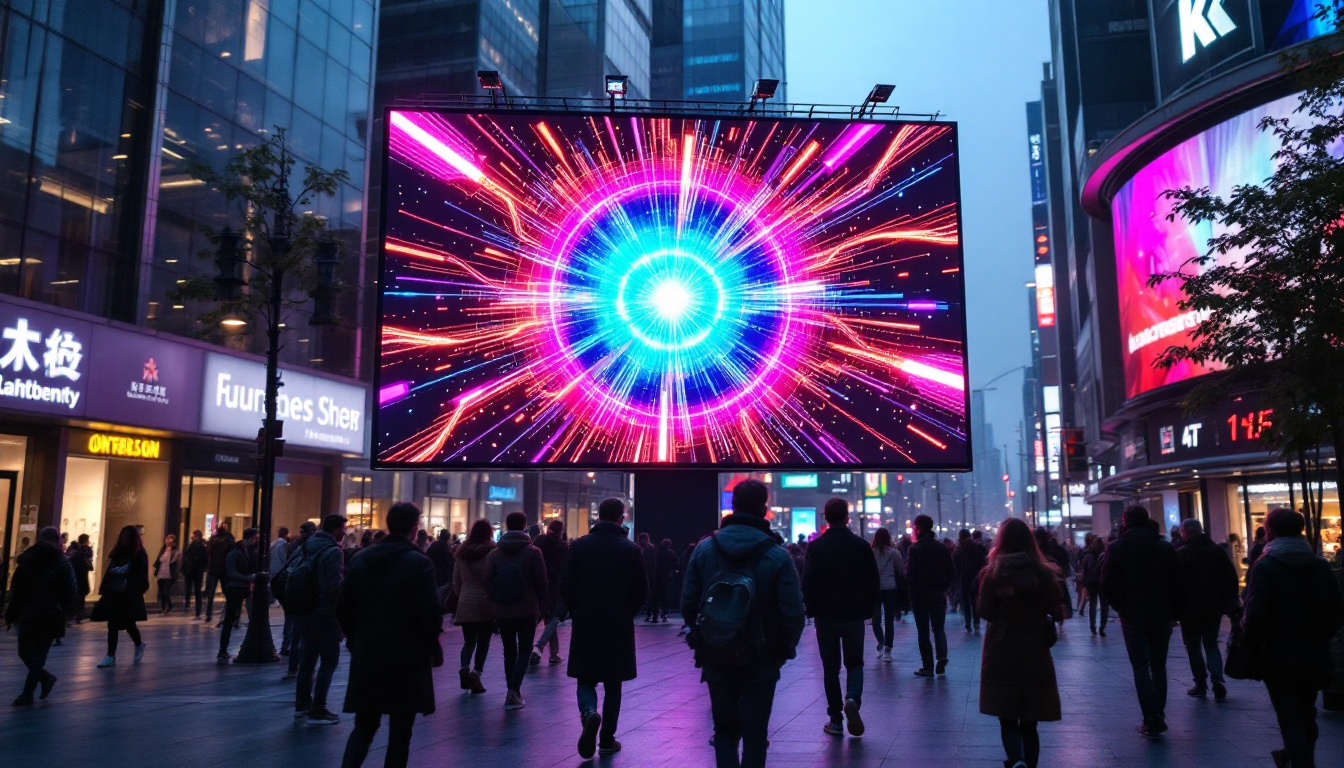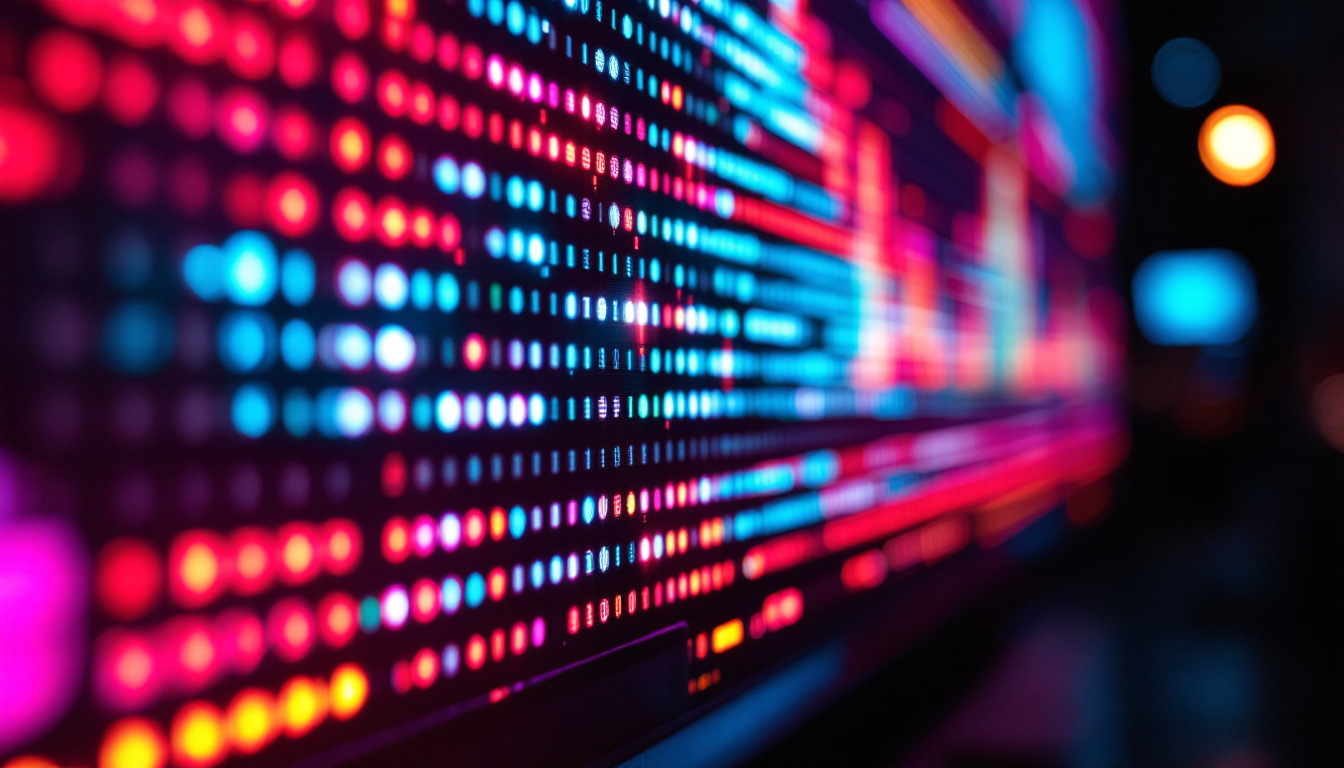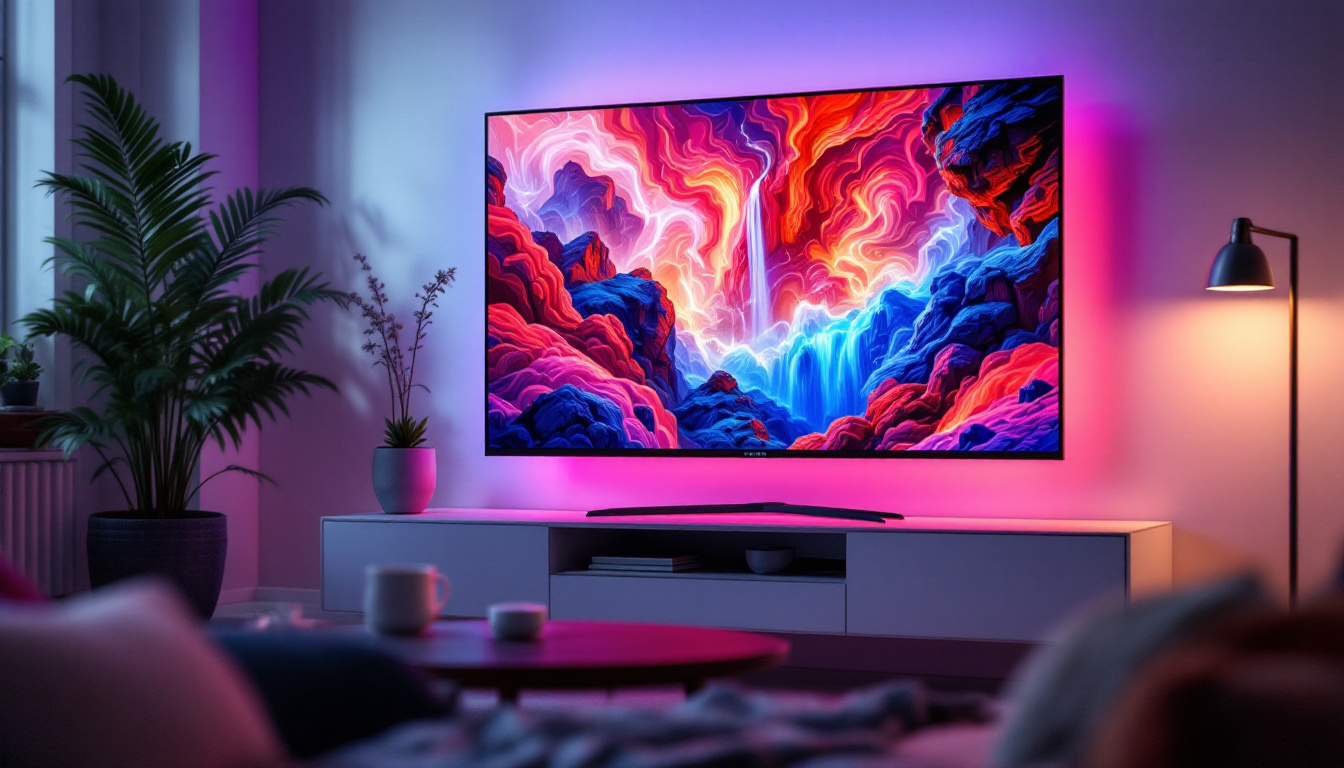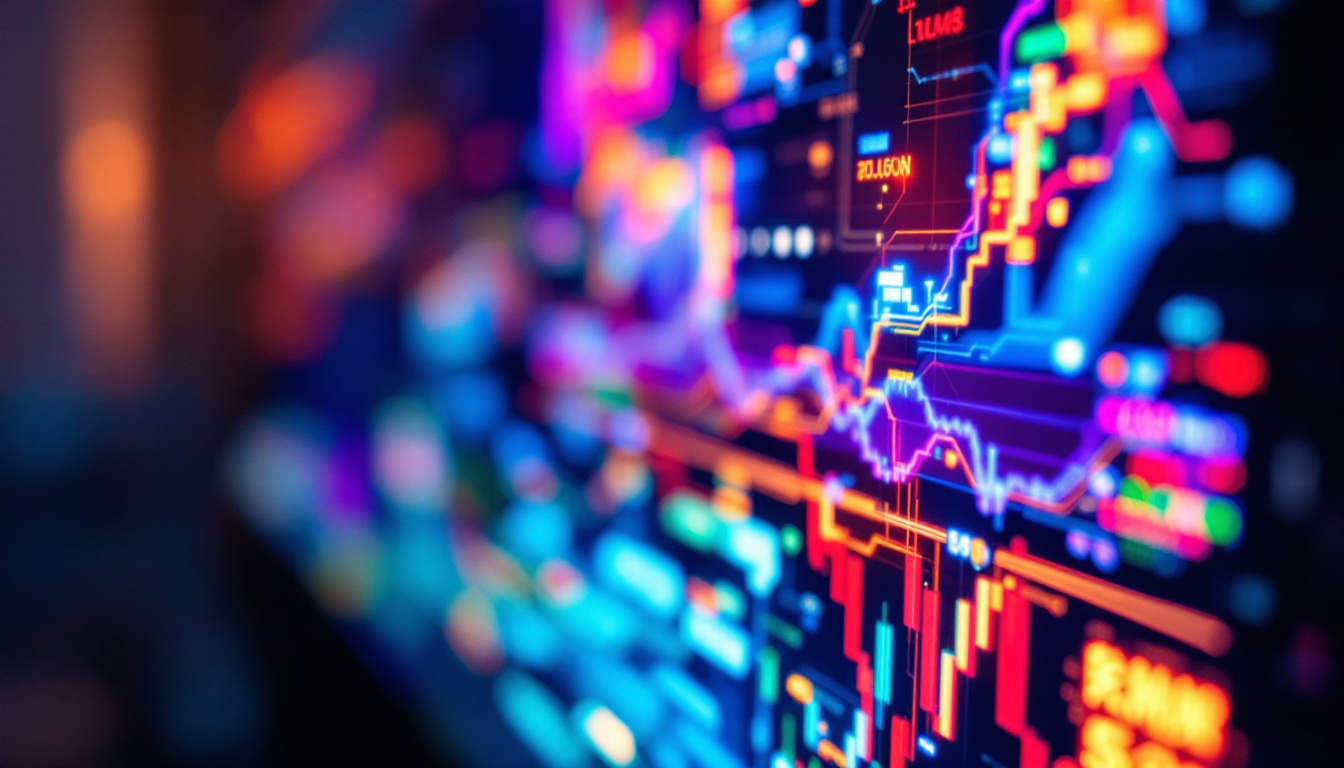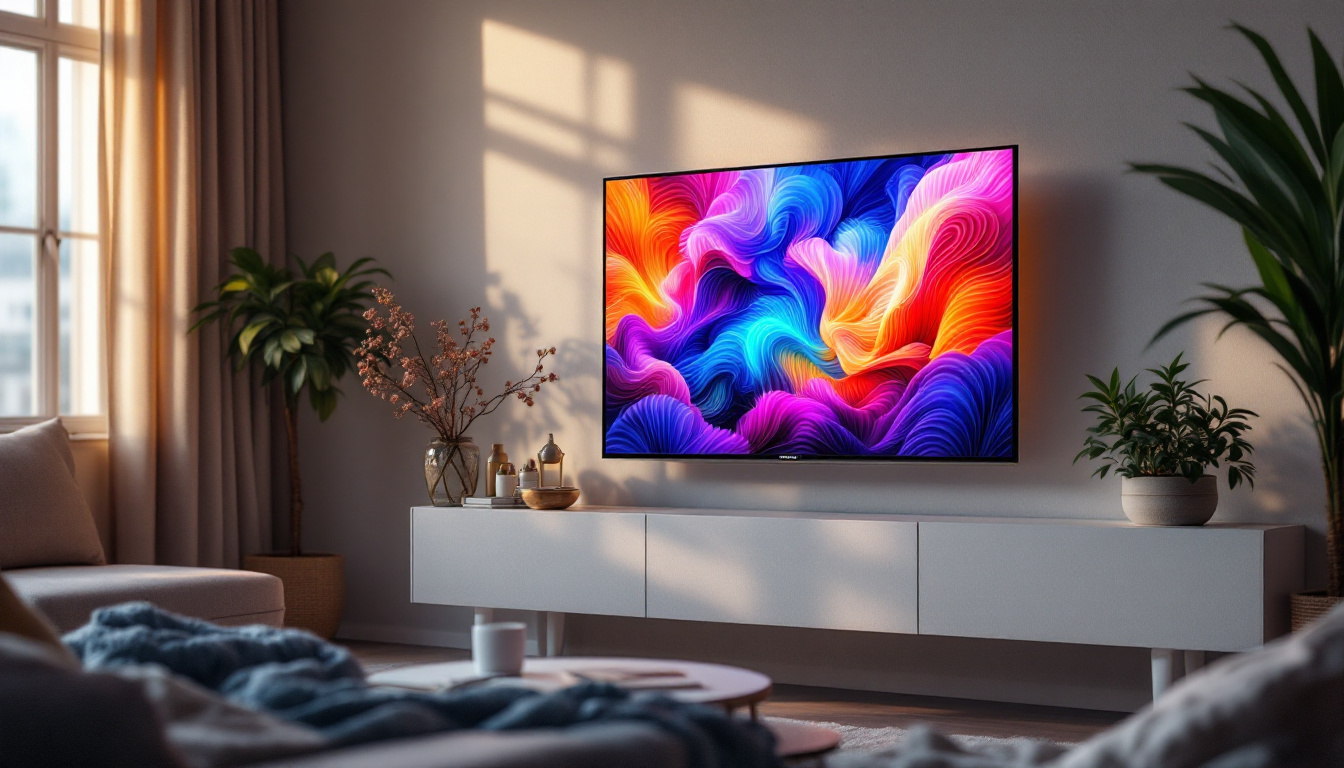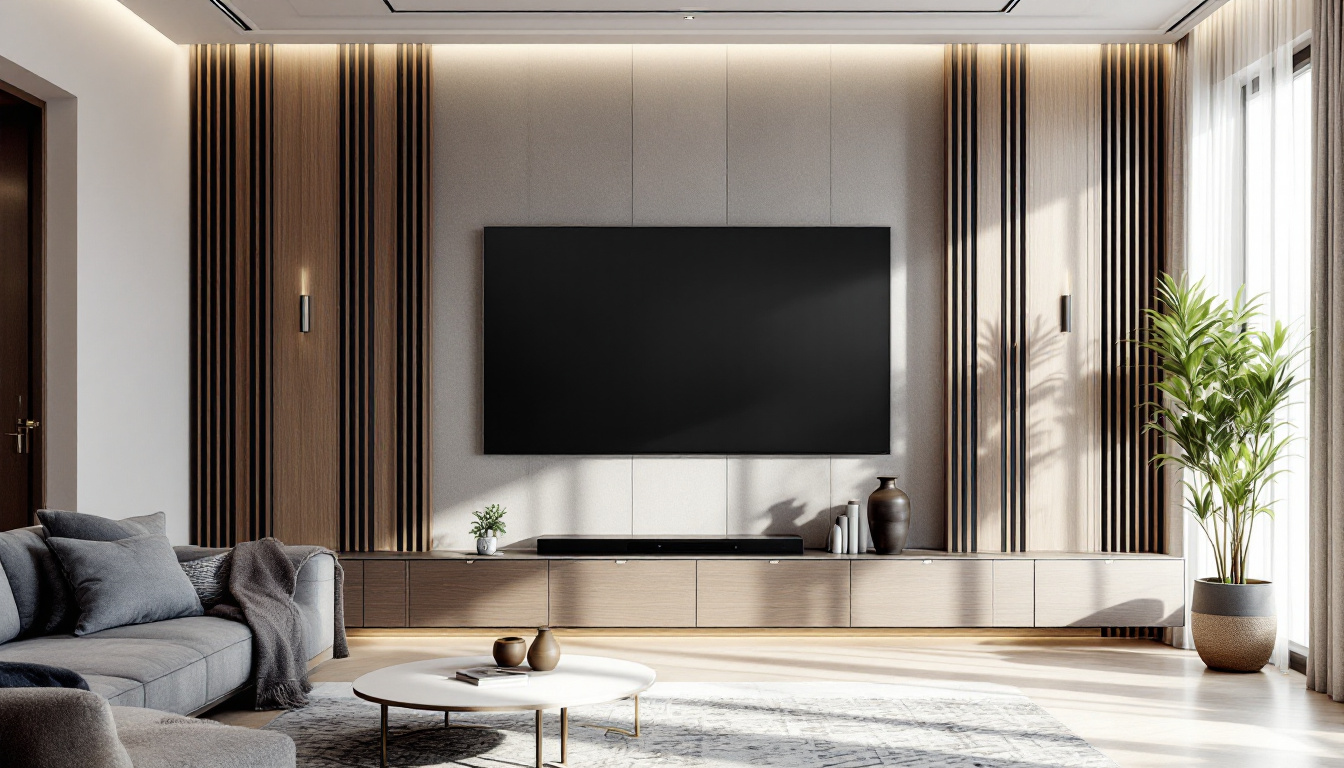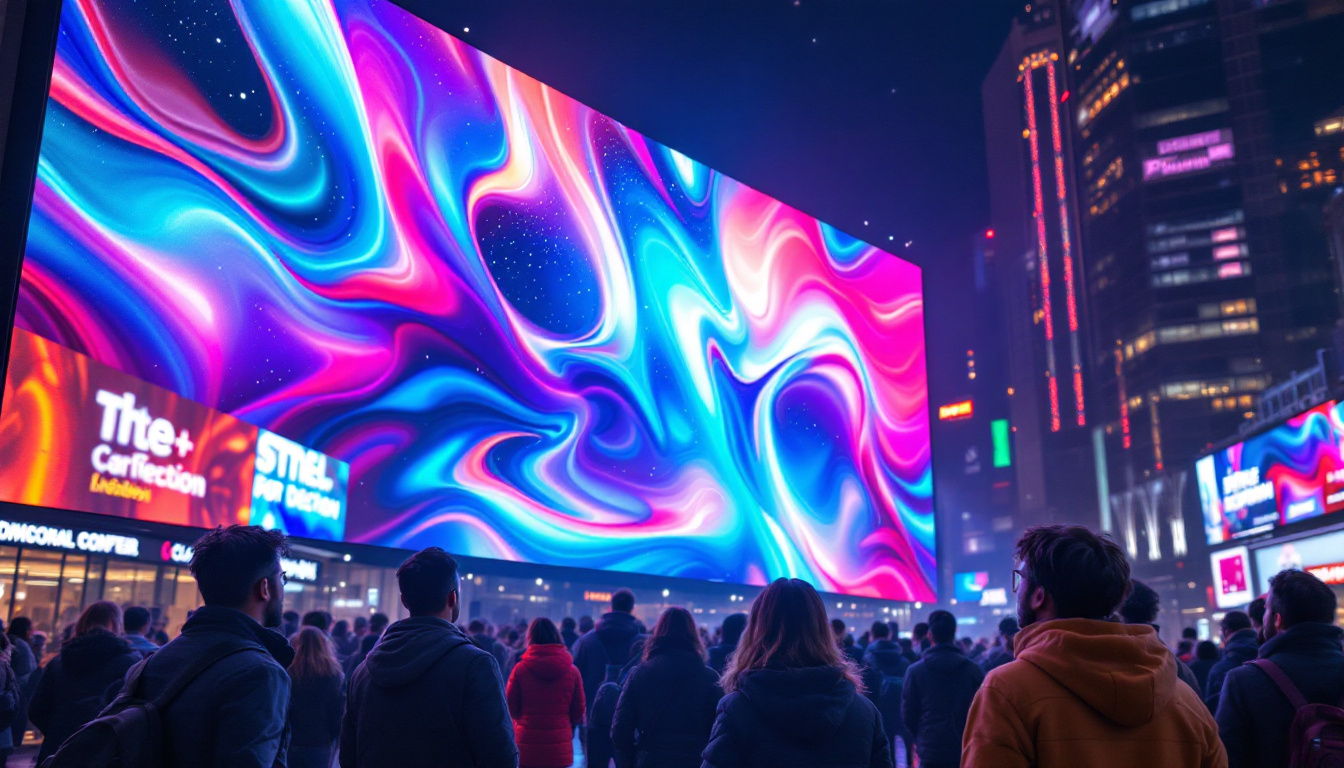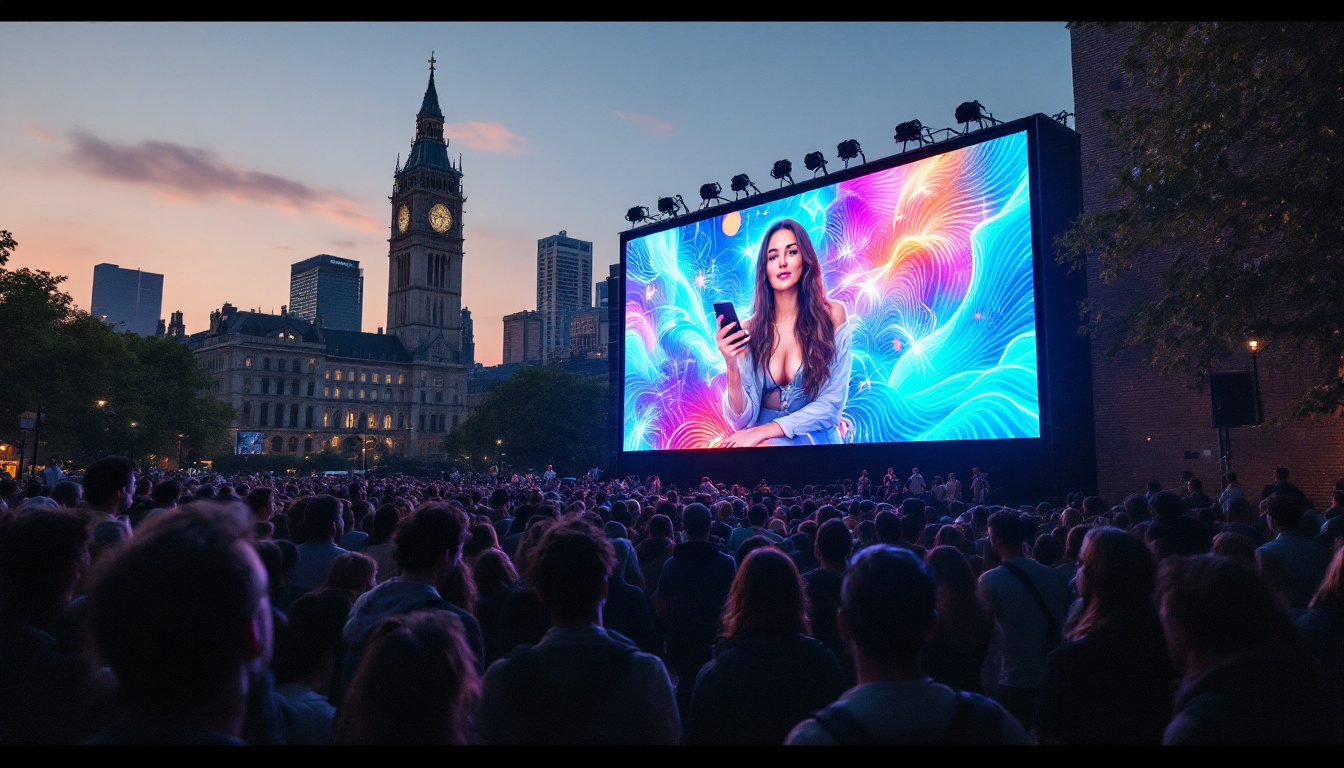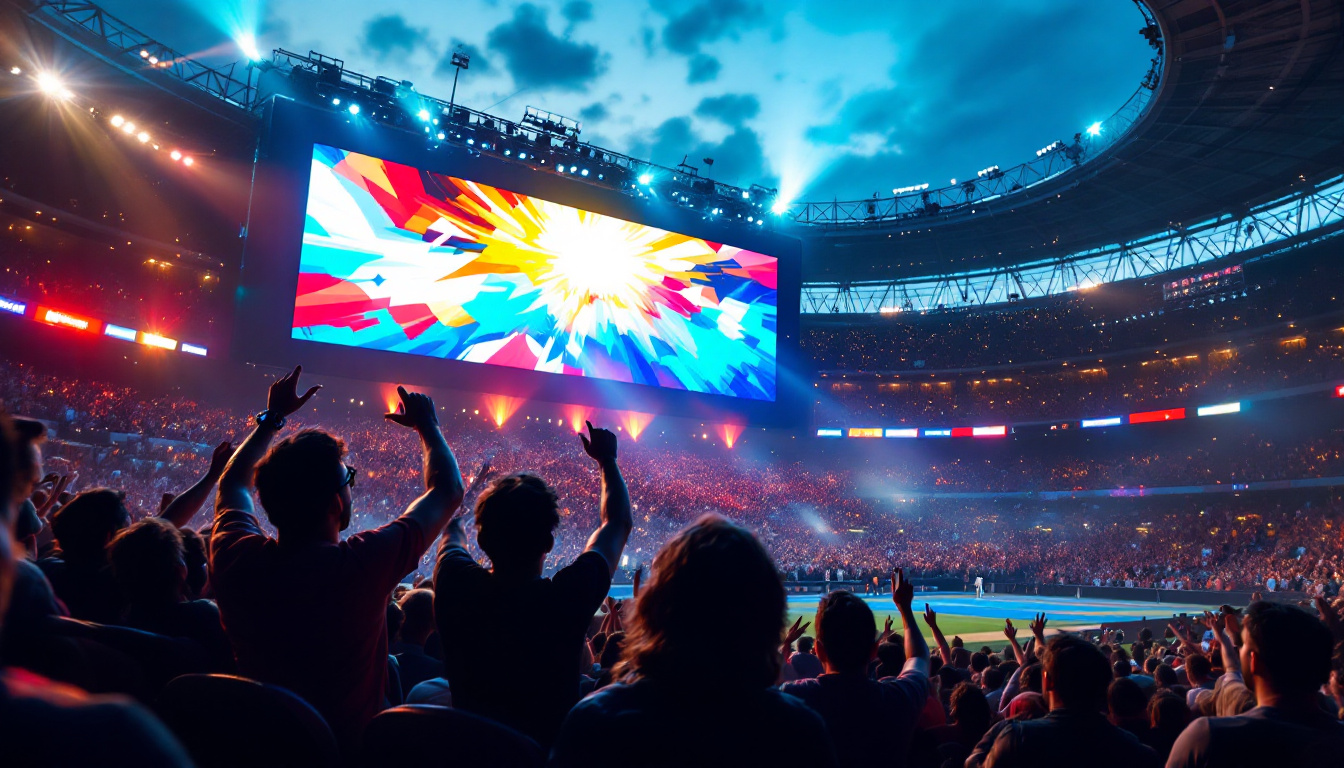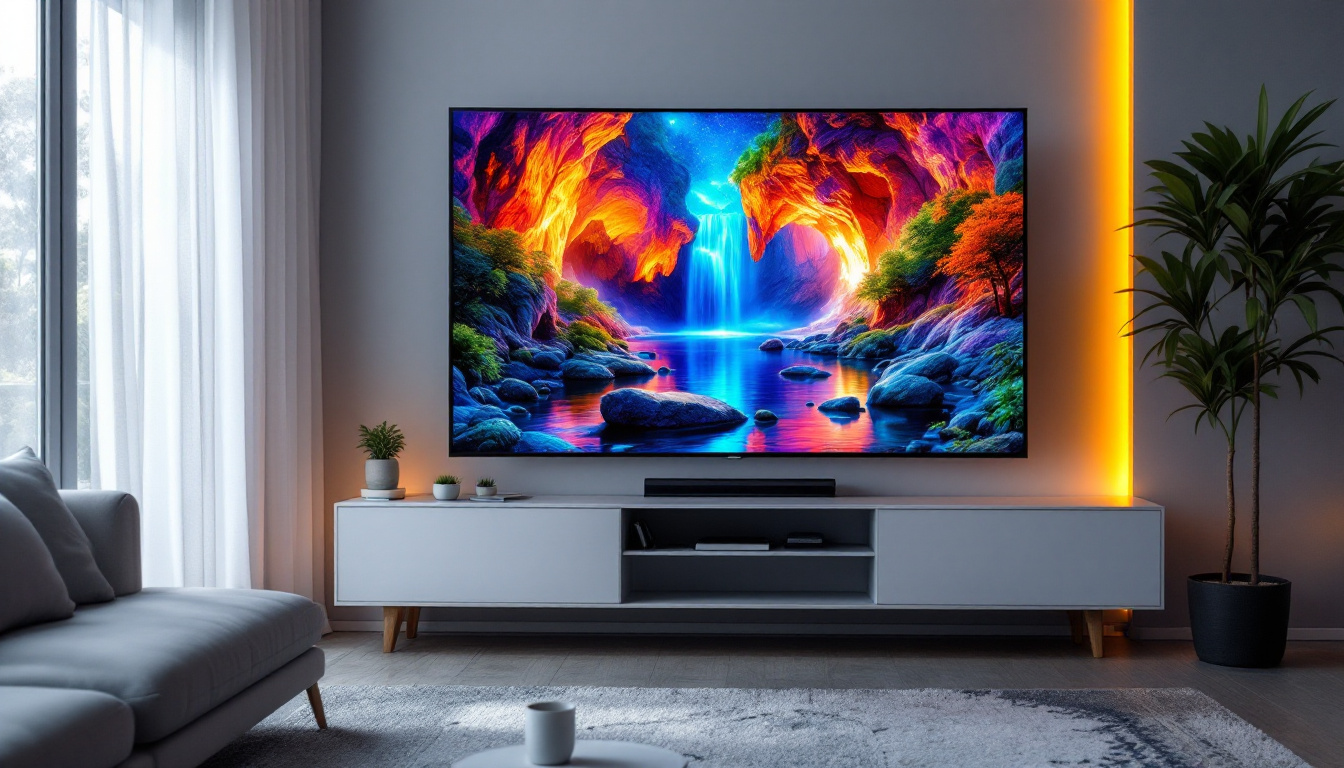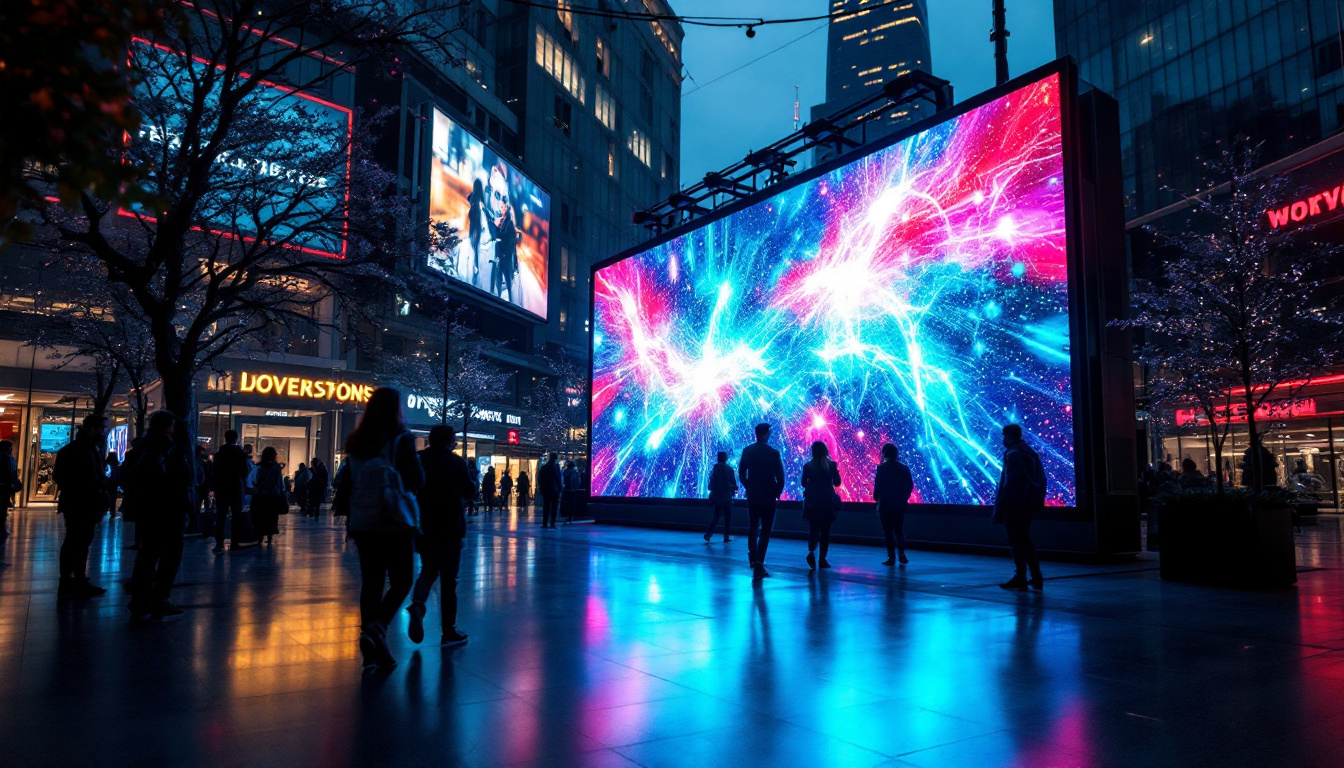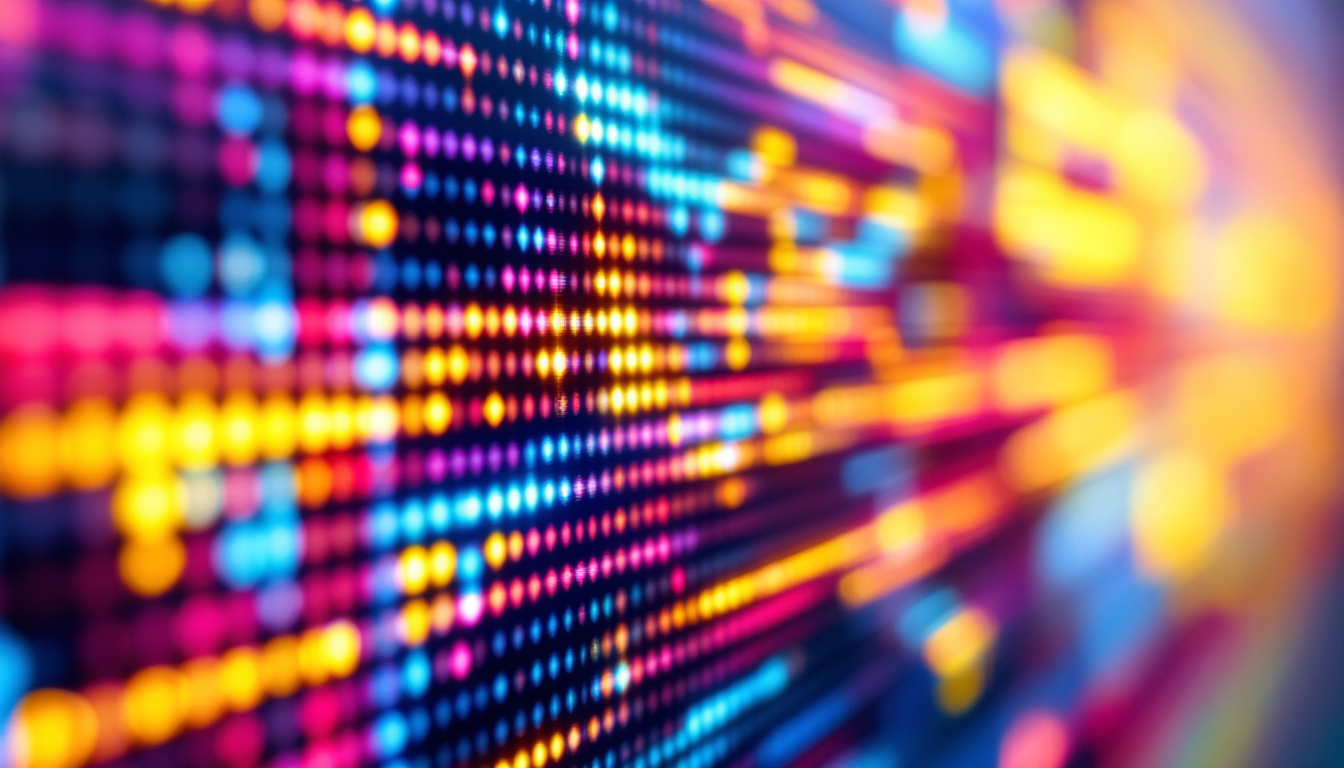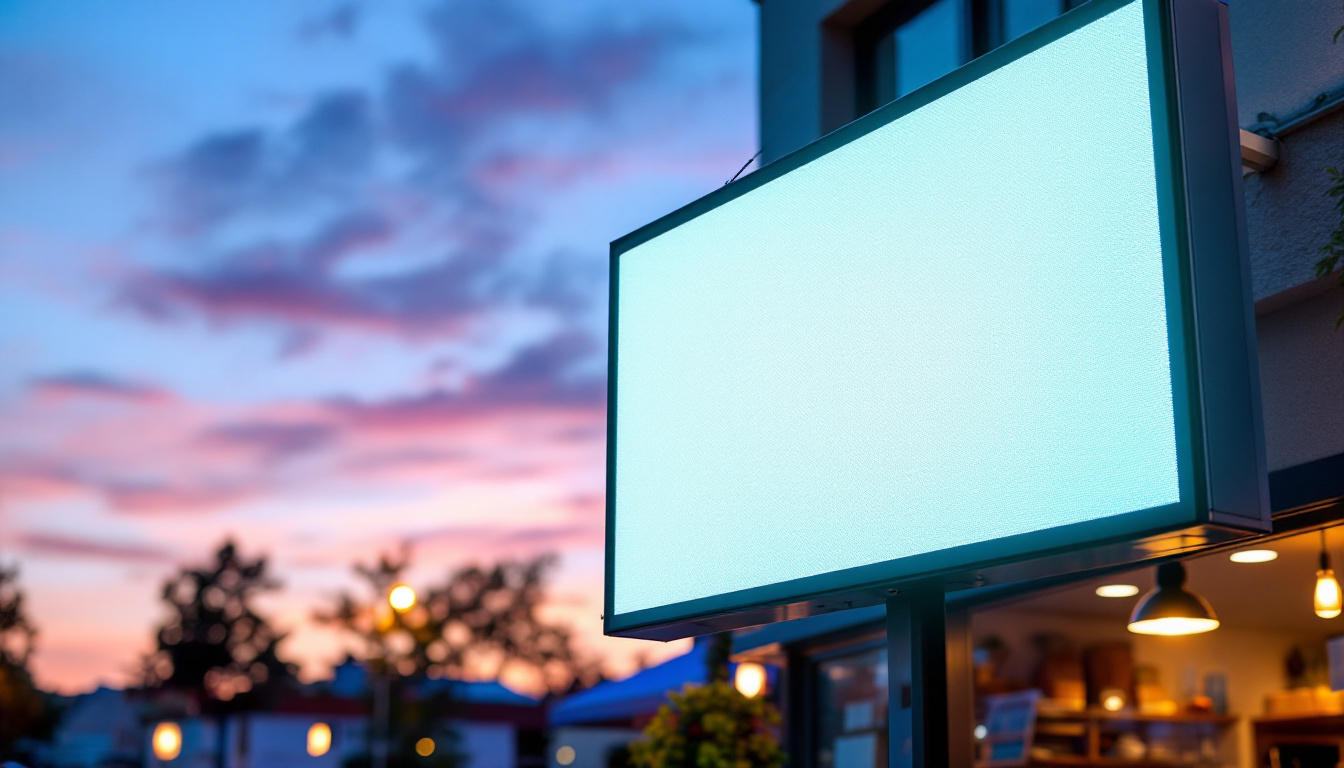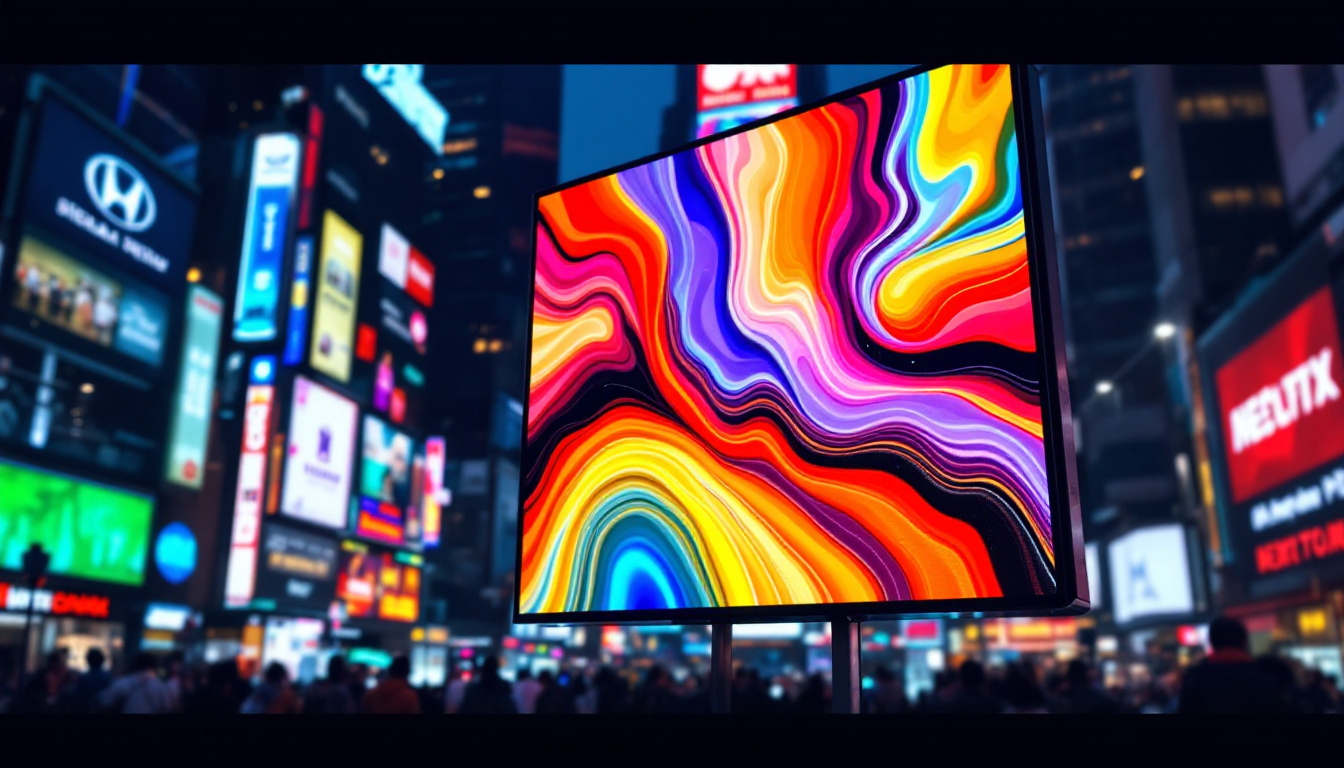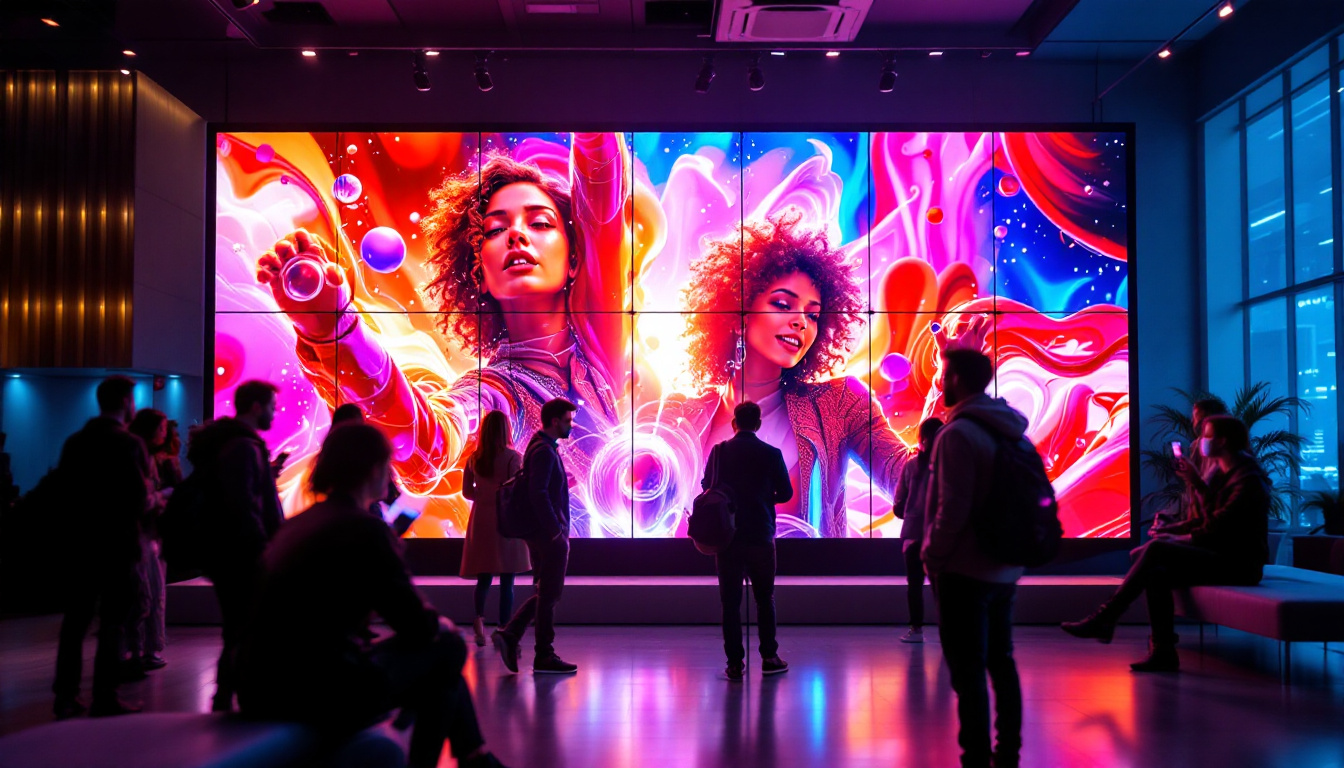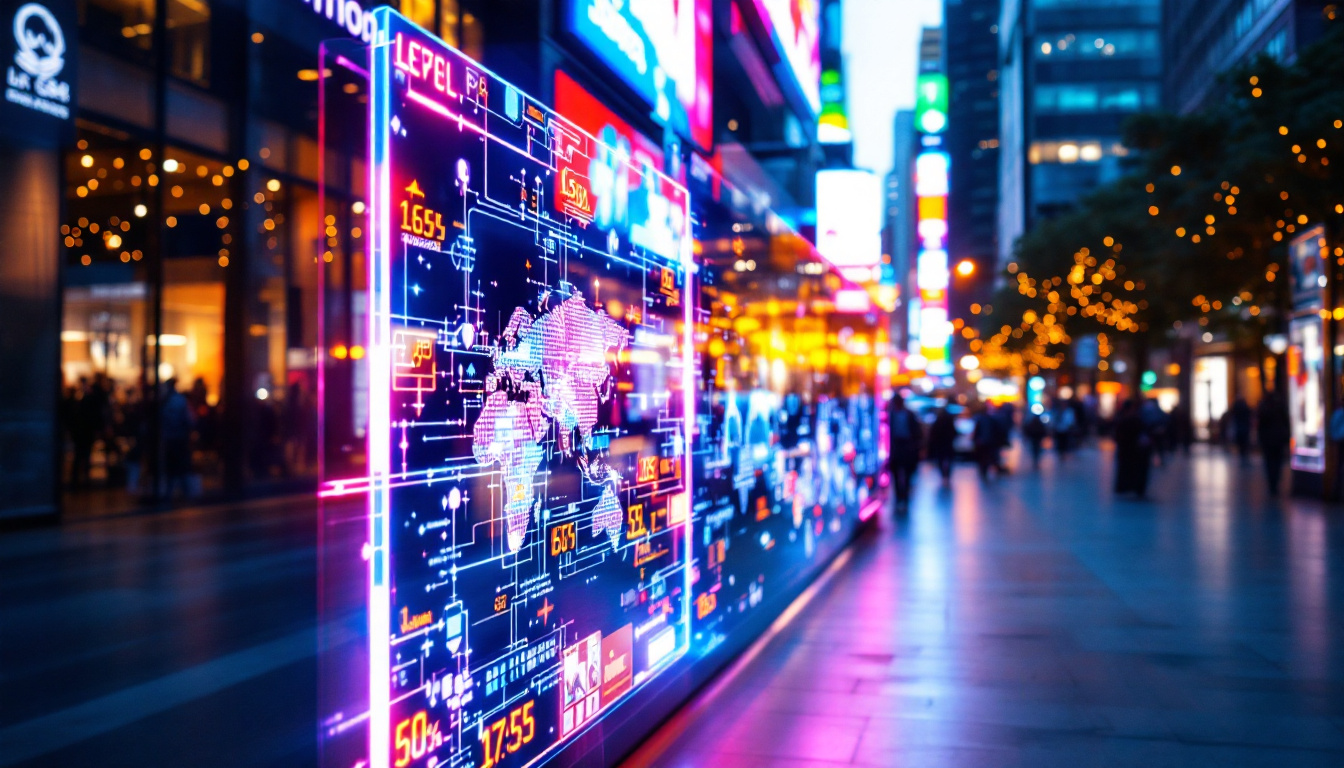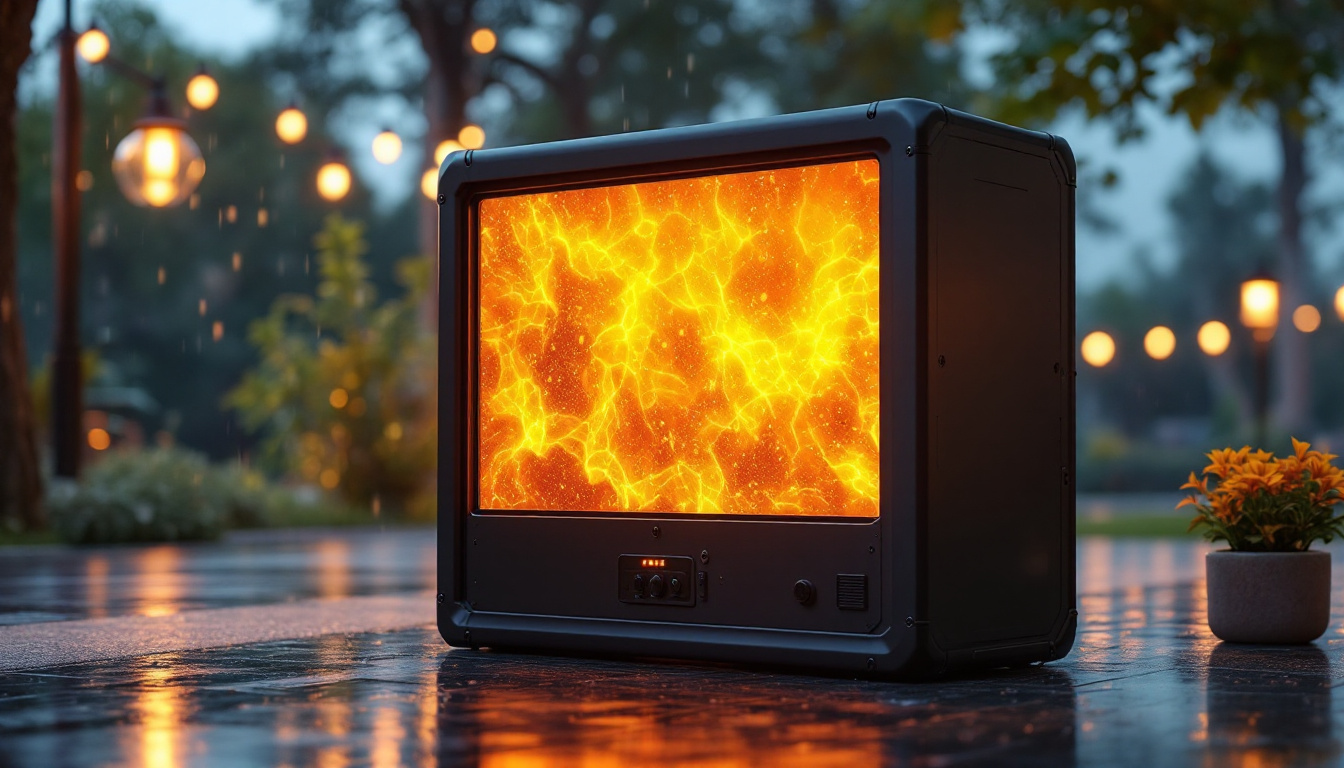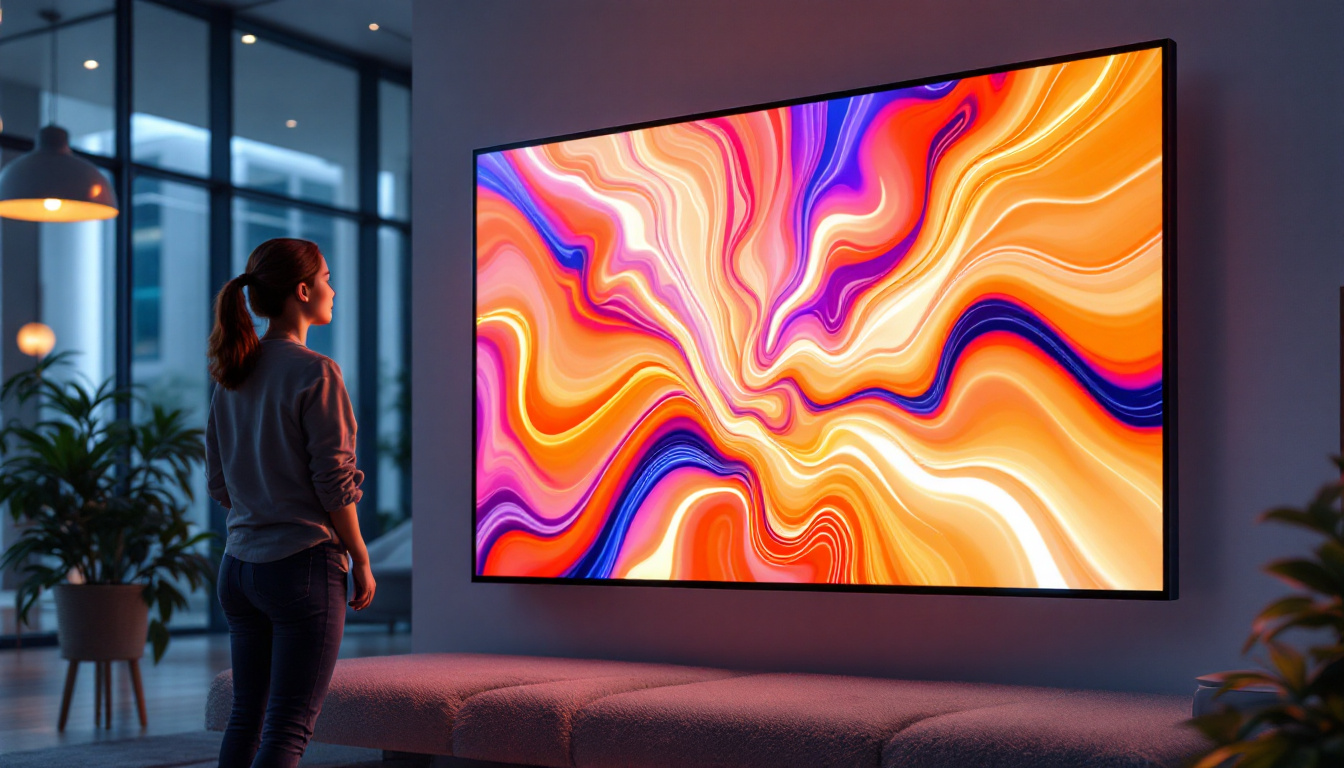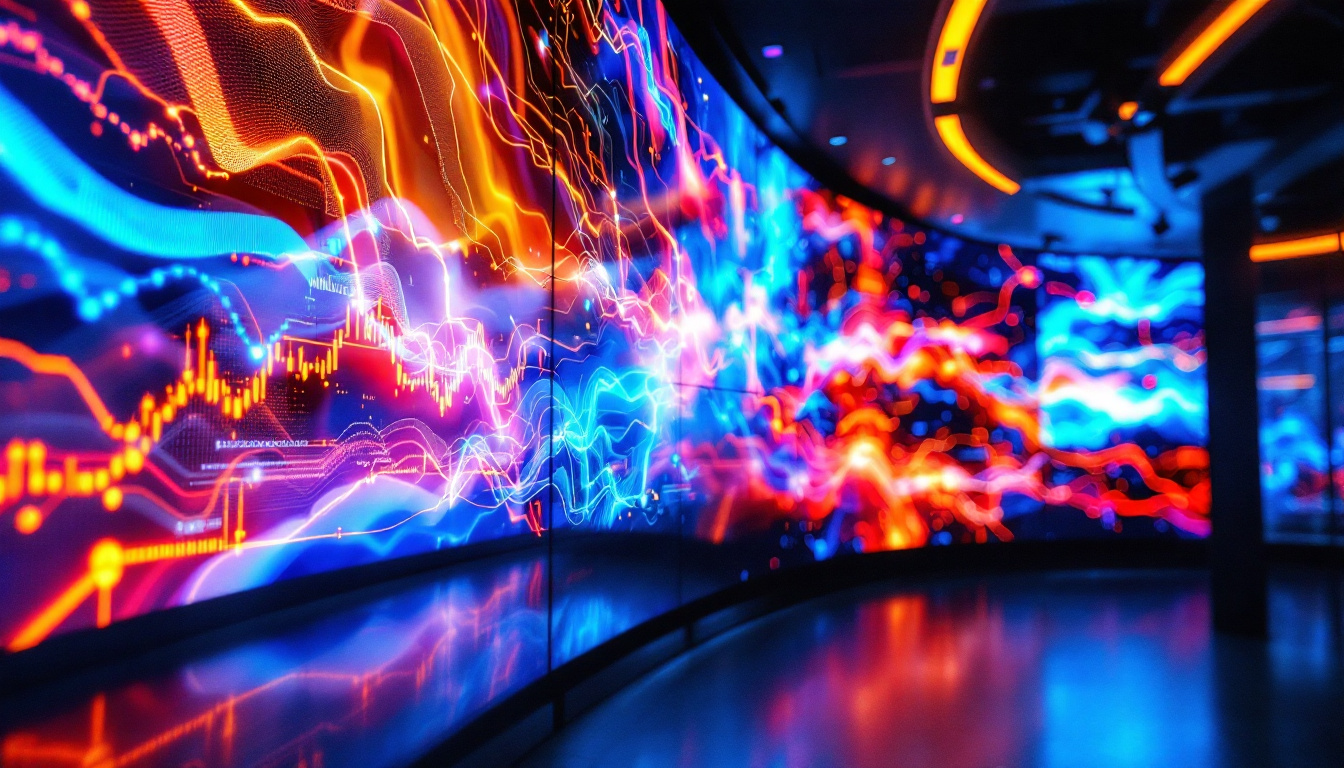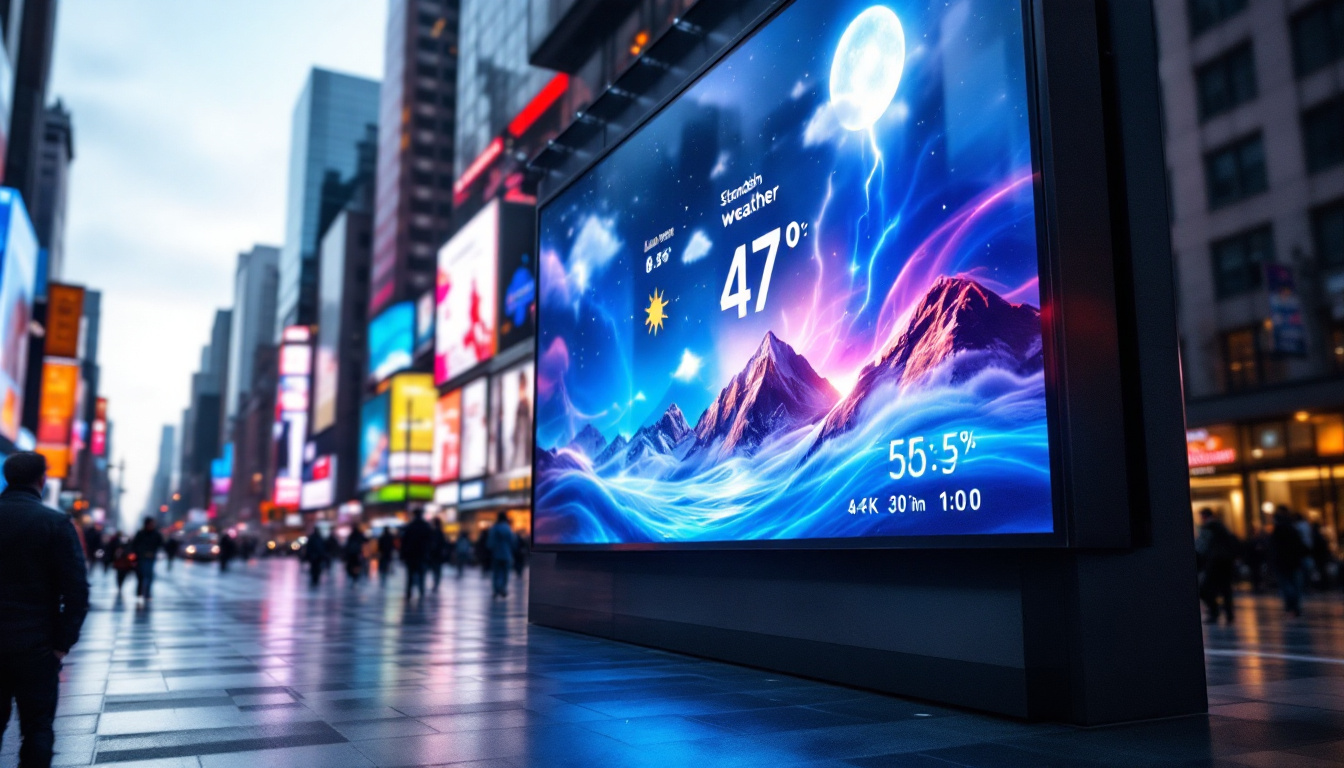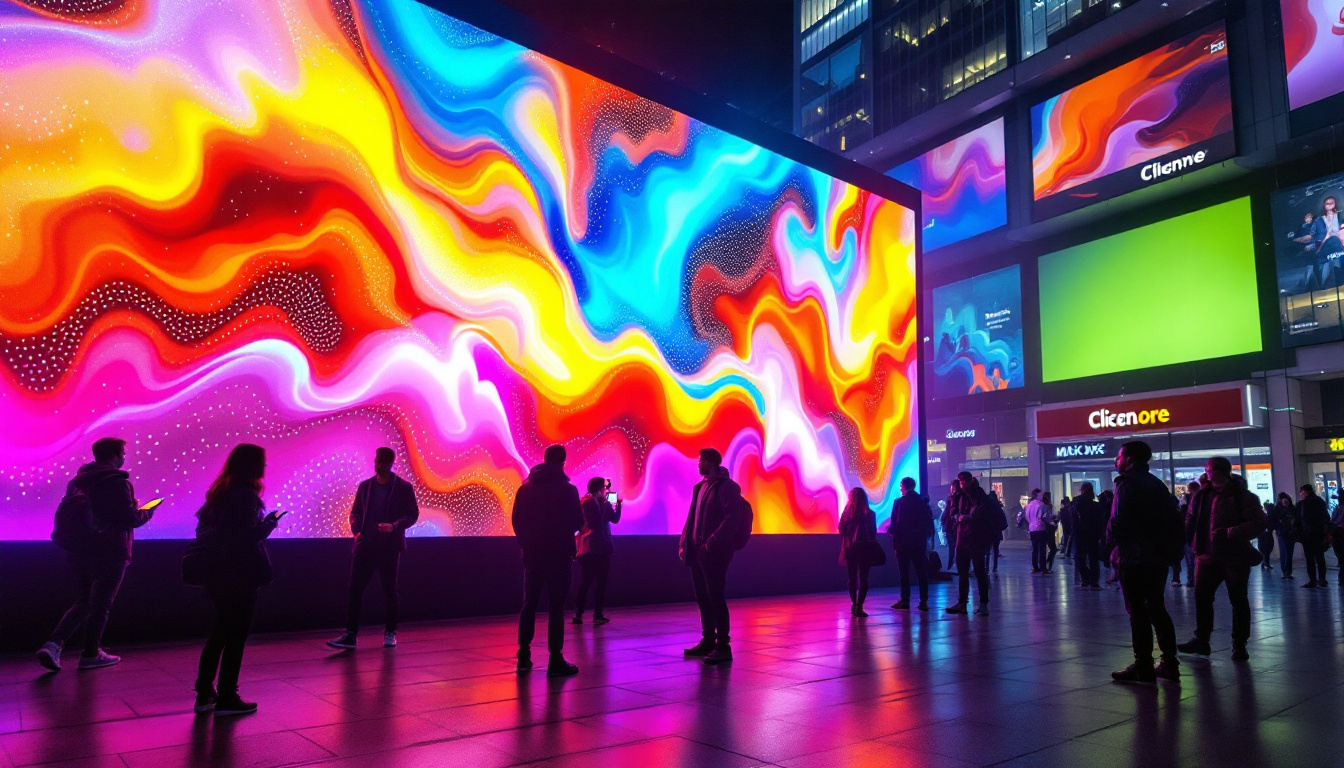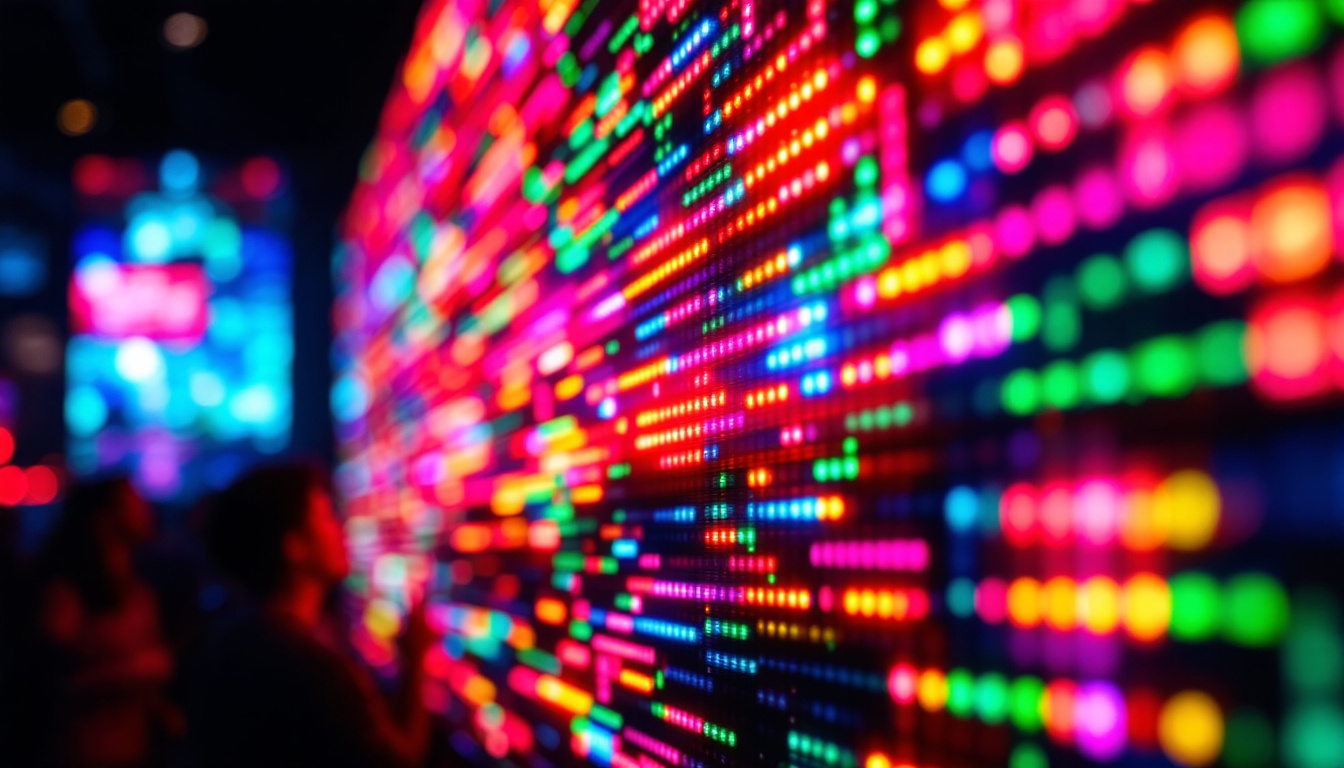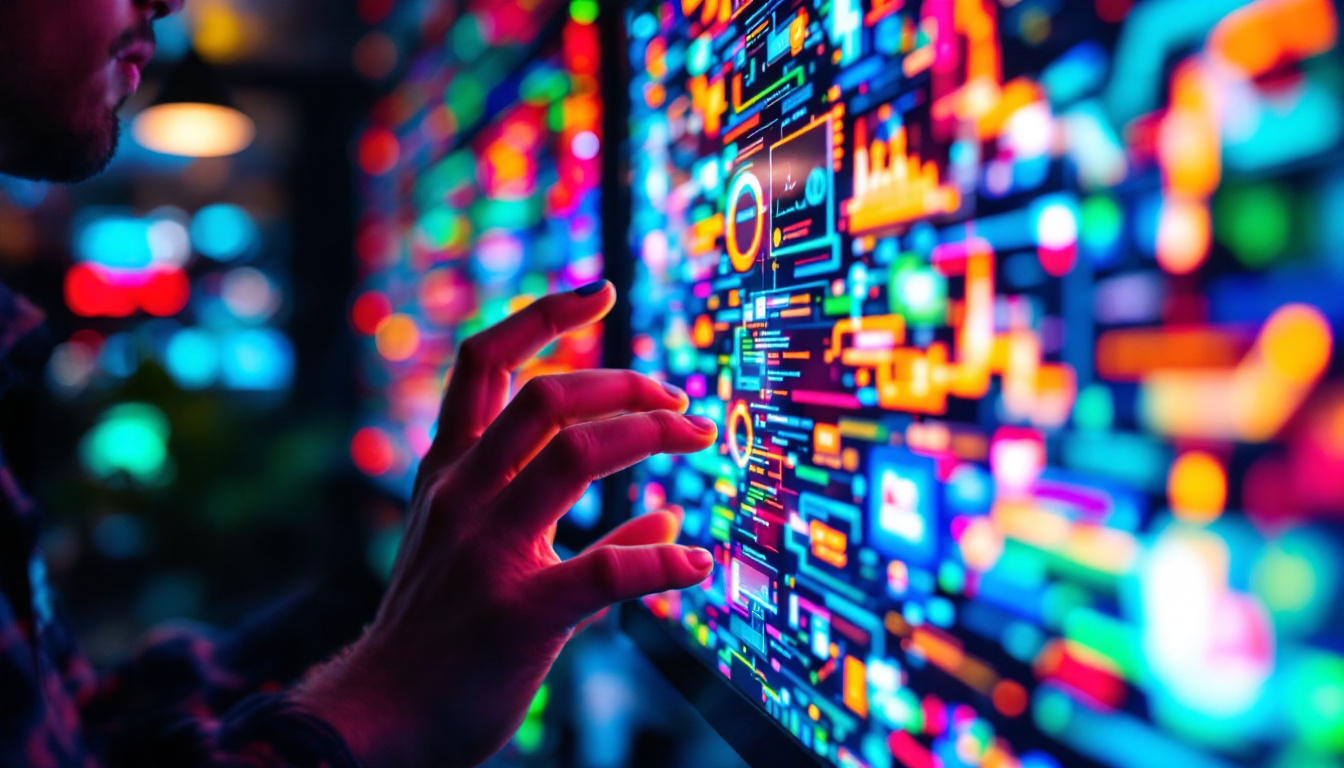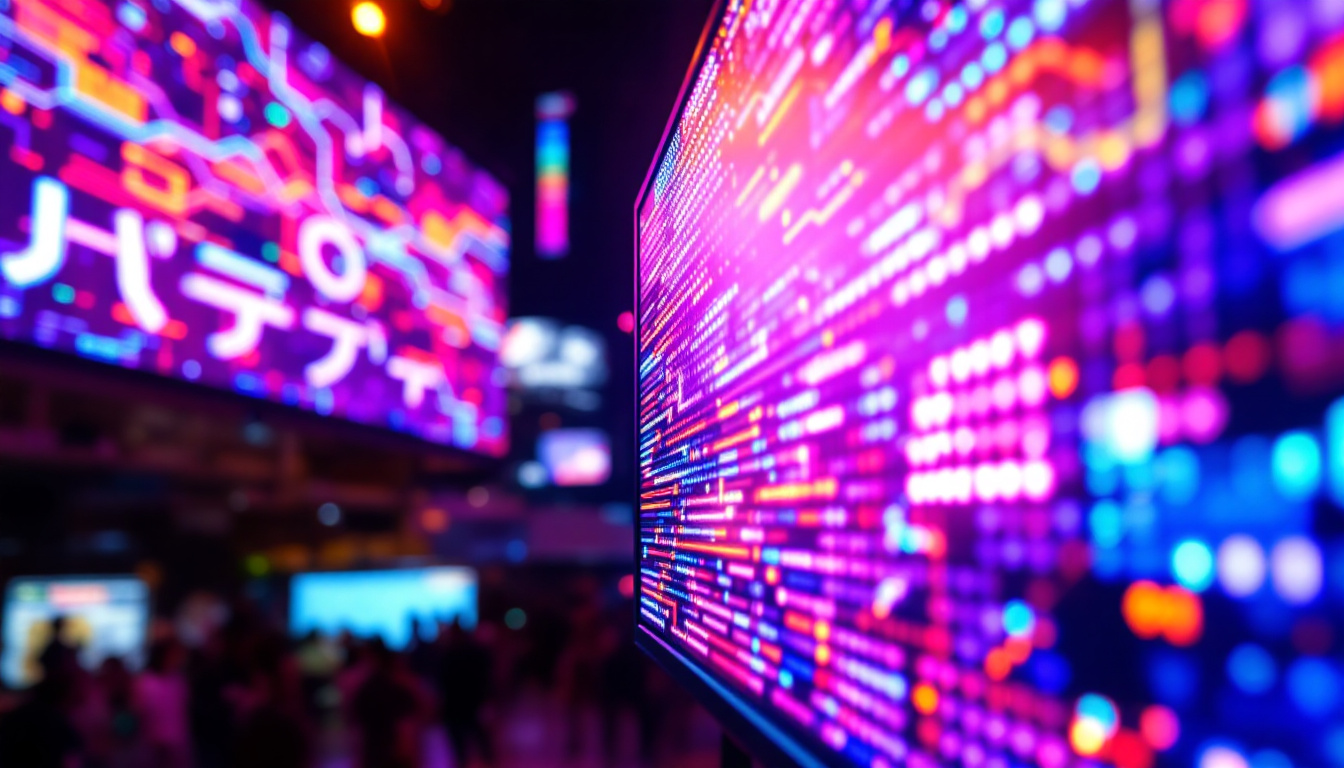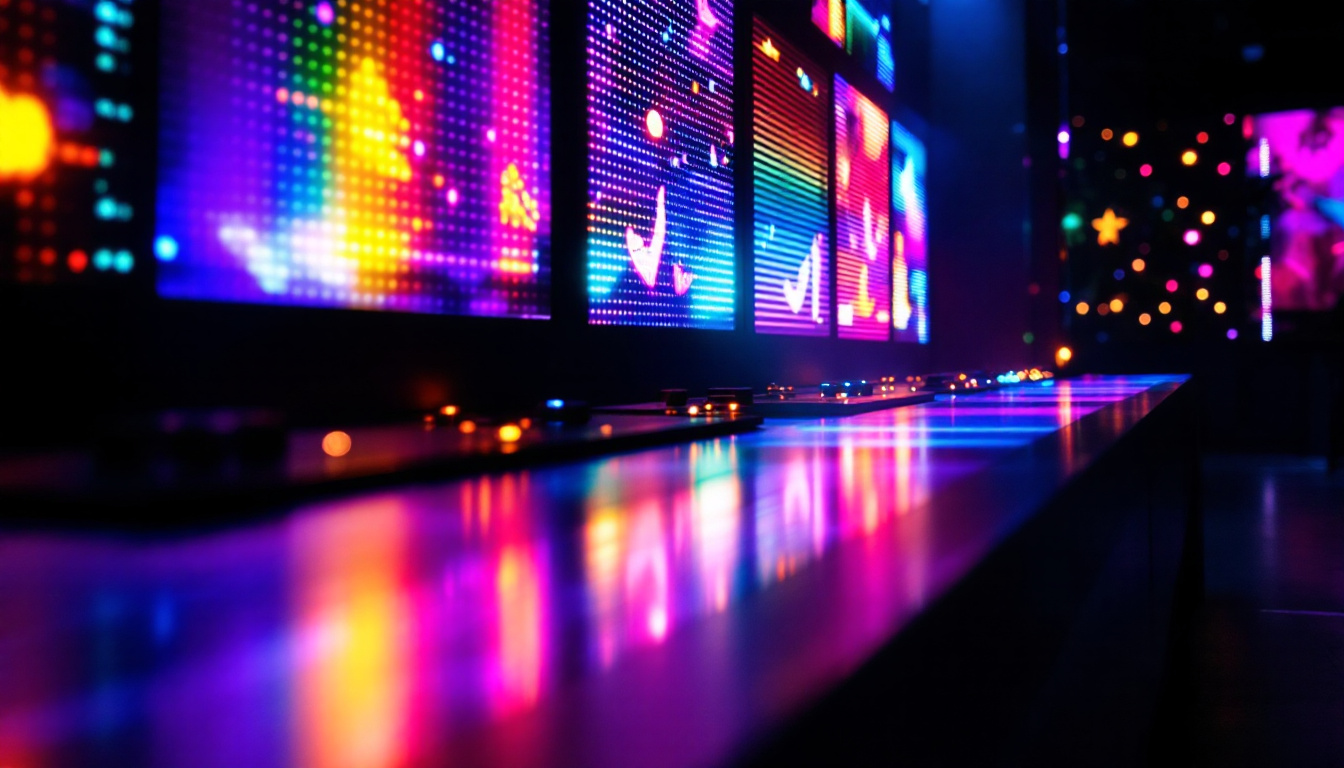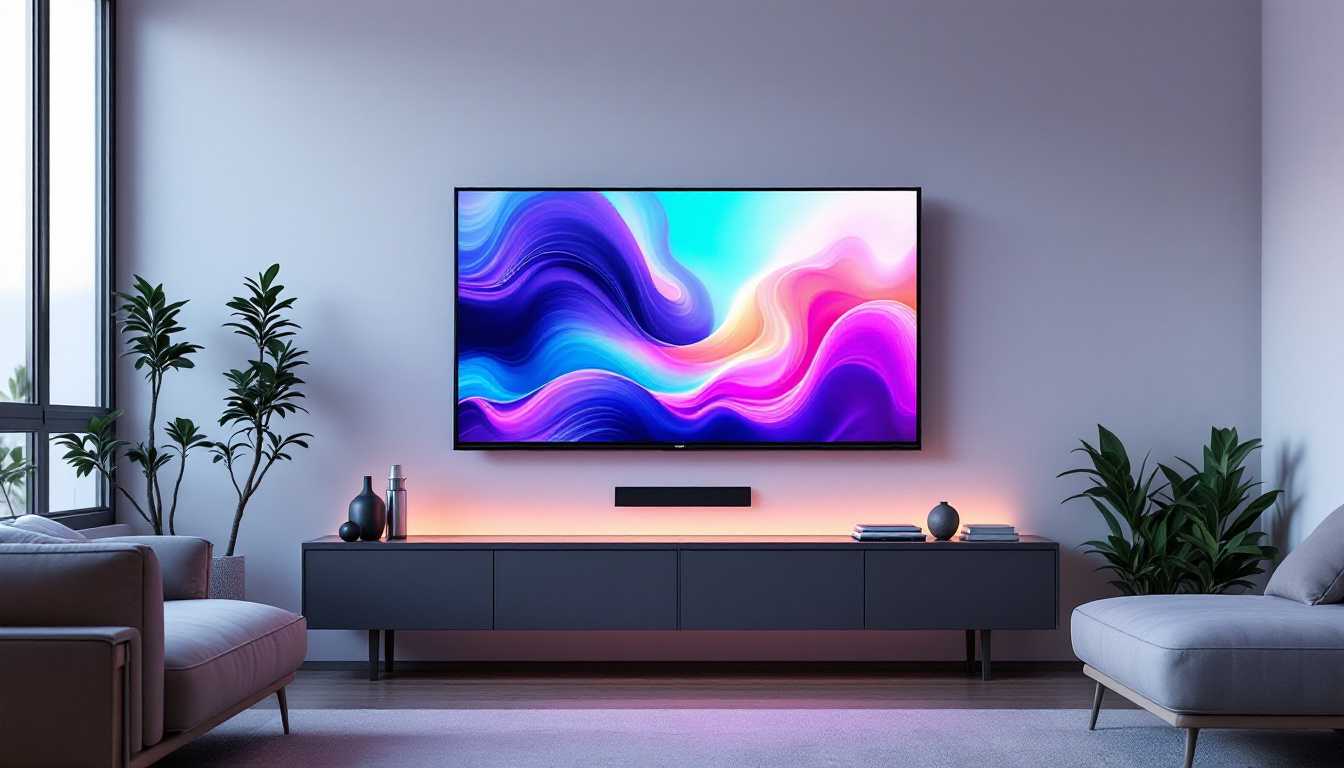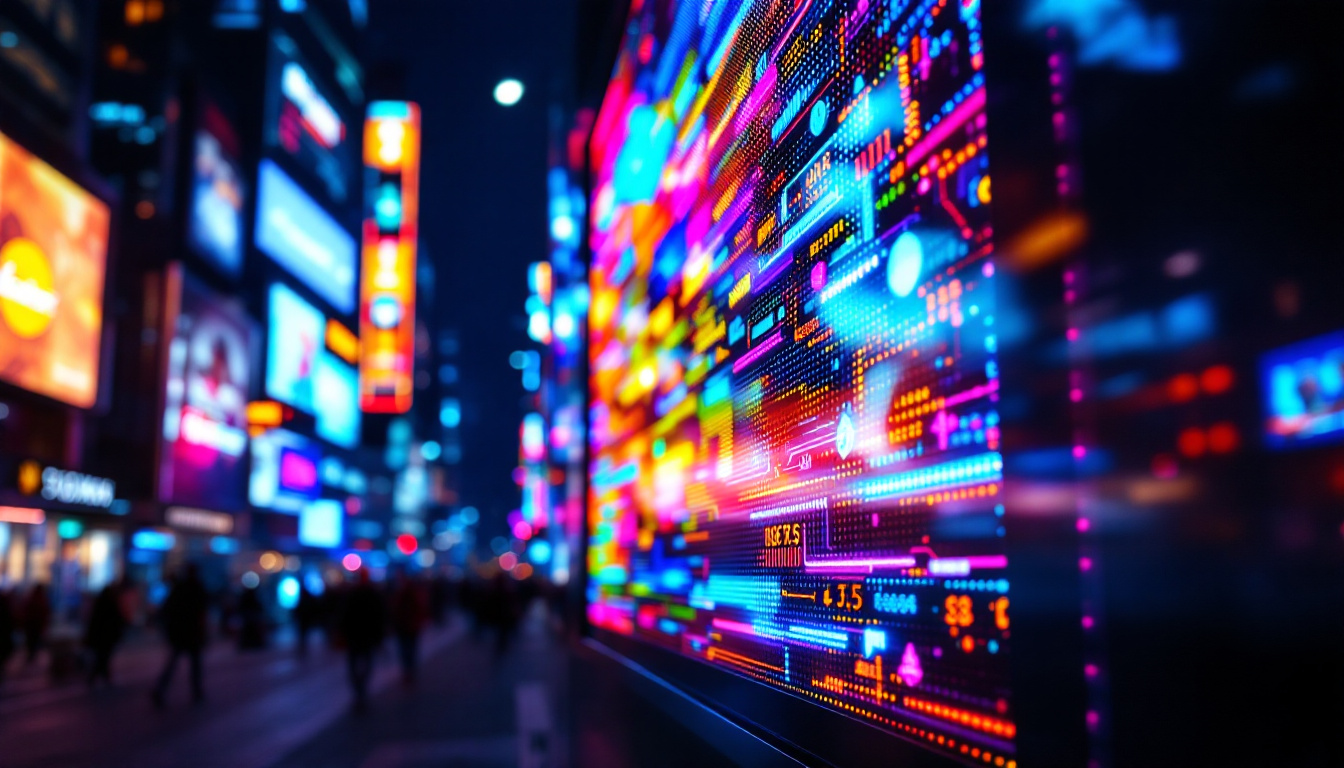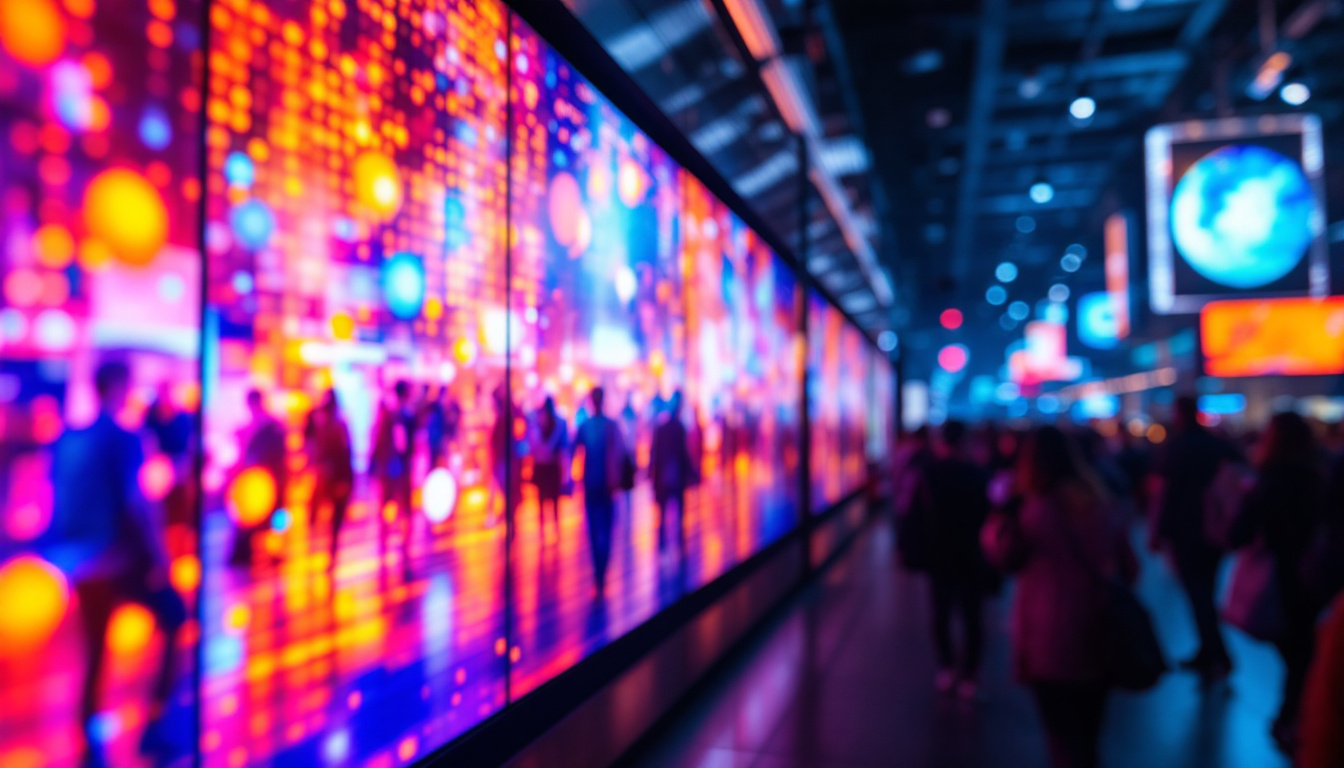In the fast-paced world of technology, LED displays have emerged as a versatile and powerful solution for various applications. From advertising to entertainment, these displays have transformed how information is presented and consumed. This article delves into the intricacies of LED displays, exploring their functionality, advantages, and the future of this innovative technology.
Understanding LED Technology
LED, or Light Emitting Diode, is a semiconductor device that emits light when an electric current passes through it. This technology has been around for decades, but its application in display technology has gained significant traction in recent years. The fundamental principle of LED technology is relatively simple yet revolutionary in its impact. The efficiency and longevity of LED lights compared to traditional incandescent bulbs have made them a popular choice not only in displays but also in general lighting solutions across various industries.
How LED Displays Work
LED displays consist of an array of tiny LEDs that can produce various colors by combining red, green, and blue light. Each pixel on the display is made up of these three colors, allowing for a full spectrum of colors to be displayed. When an electric current is applied, the LEDs light up, creating images or text that can be seen from a distance. The technology behind LED displays also allows for rapid refresh rates, which is crucial for video playback and dynamic content, enhancing the viewing experience significantly.
The arrangement of these LEDs can vary, leading to different types of displays, such as direct view and rear projection. Direct view LED displays are commonly used for large outdoor screens, while rear projection displays are often employed in smaller, indoor settings. Additionally, advancements in LED technology have led to the development of organic LEDs (OLEDs), which offer even greater flexibility in design and improved color accuracy, making them a preferred choice for high-end televisions and mobile devices.
Types of LED Displays
LED displays come in various forms, each designed for specific purposes. The most common types include:
- Indoor LED Displays: These are typically used in venues such as theaters, conference halls, and retail environments. They offer high resolution and brightness, making them suitable for close viewing. Their versatility allows for creative installations, such as curved or modular designs, which can transform the ambiance of a space.
- Outdoor LED Displays: Built to withstand the elements, outdoor displays are often used for advertising billboards and public information boards. They are designed to be visible in bright sunlight and can cover large areas. The durability of these displays is enhanced with protective coatings that resist water and dust, ensuring longevity and consistent performance in various weather conditions.
- Transparent LED Displays: These innovative displays allow for visibility through the screen while still showing images and videos. They are increasingly used in retail settings to enhance product displays. By integrating transparent LED technology, retailers can create eye-catching advertisements without obstructing the view of the products behind the display, thus merging functionality with aesthetics.
Advantages of LED Displays
LED displays offer a multitude of benefits that make them an attractive choice for various applications. Their advantages extend beyond mere aesthetics, impacting functionality, cost-effectiveness, and environmental sustainability.
Energy Efficiency
One of the most significant advantages of LED displays is their energy efficiency. Compared to traditional display technologies, such as LCD or plasma, LED displays consume significantly less power. This not only reduces operational costs but also minimizes the environmental impact, making them a more sustainable choice for businesses and organizations.
In fact, the energy savings can be substantial, especially for large-scale installations. For example, a retail store that switches to LED displays can see a reduction in energy bills by up to 75%. This not only benefits the bottom line but also aligns with the growing consumer preference for eco-friendly practices. As more businesses strive to reduce their carbon footprint, the energy efficiency of LED displays positions them as a smart investment for the future.
Longevity and Durability
LED technology is known for its longevity. An LED display can last up to 100,000 hours, significantly longer than traditional display technologies. This durability means less frequent replacements, which translates to lower maintenance costs and reduced waste.
Additionally, LED displays are built to withstand various environmental conditions. Outdoor displays, in particular, are designed to resist moisture, dust, and extreme temperatures, ensuring consistent performance over time. This ruggedness makes them suitable for a wide range of settings, from bustling city streets to remote outdoor venues. Furthermore, the robust construction of LED displays means they are less susceptible to damage from impacts or vibrations, making them ideal for high-traffic areas or events where durability is crucial.
High Brightness and Contrast
LED displays are renowned for their brightness and contrast levels. This makes them ideal for outdoor use, where visibility in direct sunlight is crucial. The high brightness ensures that content remains clear and vibrant, attracting attention even from a distance.
Moreover, the contrast ratio of LED displays allows for deeper blacks and more vivid colors, enhancing the overall viewing experience. This quality is particularly important in applications such as video advertising and live events, where visual impact is paramount. The ability to display high-definition content with stunning clarity can significantly elevate the effectiveness of marketing campaigns, drawing in larger audiences and increasing engagement. Additionally, advancements in LED technology continue to push the boundaries of what is possible, with features like dynamic color adjustment and enhanced refresh rates, further improving the visual experience for viewers.
Applications of LED Displays
The versatility of LED displays has led to their adoption across various industries. From retail to sports, their applications are as diverse as they are impactful.
Advertising and Marketing
In the realm of advertising, LED displays have revolutionized how brands communicate with consumers. Dynamic content can be displayed, allowing for real-time updates and engaging visuals that capture attention. Whether it’s a large billboard in a bustling city or a smaller display in a retail store, LED technology provides an effective platform for marketing campaigns.
Entertainment and Events
Live events, concerts, and festivals have increasingly turned to LED displays for stage backdrops and visual effects. Their ability to produce high-quality images and videos in real-time enhances the overall experience for attendees. Furthermore, the flexibility of LED displays allows for creative setups, enabling event organizers to craft unique visual narratives.
Transportation and Public Information
LED displays are widely used in transportation hubs such as airports and train stations to provide real-time information to travelers. Flight schedules, train arrivals, and other important announcements can be displayed clearly and efficiently, improving the overall flow of information. Additionally, LED displays in public spaces can enhance safety by providing alerts and directions.
Future Trends in LED Display Technology
The future of LED display technology is bright, with ongoing advancements promising to enhance their capabilities further. As technology evolves, several trends are emerging that will shape the future of LED displays.
Integration with Smart Technology
As smart technology becomes more prevalent, the integration of LED displays with IoT devices is expected to grow. This will enable displays to interact with other devices, providing personalized content based on user preferences and behaviors. For instance, a retail store could use smart LED displays to show promotions tailored to specific customers based on their shopping history.
Advancements in Resolution
With the demand for higher resolution displays, manufacturers are continually improving pixel density. This trend is leading to the development of microLED technology, which offers even greater clarity and detail. MicroLED displays utilize tiny individual LEDs, allowing for more compact designs and improved performance, particularly in high-definition applications.
Sustainability Initiatives
As sustainability becomes a priority across industries, LED display manufacturers are focusing on creating eco-friendly products. This includes using recyclable materials, reducing energy consumption, and implementing sustainable manufacturing processes. The push for greener technology is likely to drive innovation in the LED display sector, benefiting both businesses and the environment.
Challenges Facing LED Display Adoption
Despite their numerous advantages, the adoption of LED displays is not without challenges. Understanding these hurdles is crucial for businesses considering this technology.
Initial Cost
While LED displays offer long-term savings due to their energy efficiency and durability, the initial investment can be significant. For many small to medium-sized businesses, the upfront cost of purchasing and installing LED displays may be a barrier. However, as technology advances and production costs decrease, this challenge is expected to diminish over time.
Technical Expertise
The installation and maintenance of LED displays require specialized knowledge. Businesses may face challenges in finding qualified technicians who can handle the complexities of LED technology. Investing in training or partnering with experienced service providers can help mitigate this issue.
Conclusion
LED displays represent a transformative technology that has reshaped how information is communicated across various sectors. Their energy efficiency, durability, and versatility make them an ideal choice for businesses looking to enhance their visibility and engagement with audiences. As advancements continue to emerge, the future of LED displays looks promising, with new applications and innovations on the horizon.
In a world where visual communication is paramount, embracing LED technology can provide businesses with a competitive edge. Understanding the intricacies of LED displays and their potential applications can help organizations make informed decisions that align with their goals and objectives.
Discover LumenMatrix LED Display Solutions
Ready to elevate your visual communication strategy with cutting-edge LED technology? LumenMatrix is at the forefront of LED display innovation, offering a wide range of solutions tailored to your unique needs. From Indoor and Outdoor LED Wall Displays to specialized options like Vehicle, Sports, and Floor LED Displays, our products are designed to captivate your audience and amplify your message. Explore our Custom, All-in-One, and Transparent LED Displays to create unforgettable visual experiences. Don’t miss out on the opportunity to transform your space and engage with your audience like never before. Check out LumenMatrix LED Display Solutions and take the first step towards revolutionizing your visual presence.

